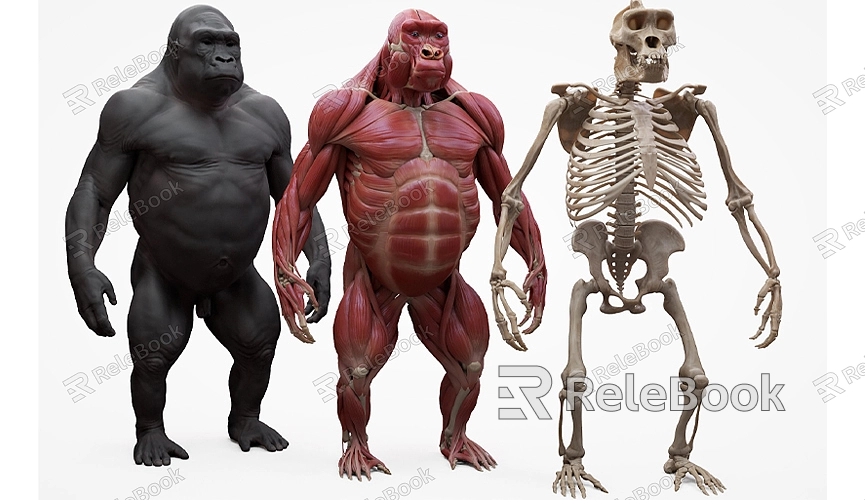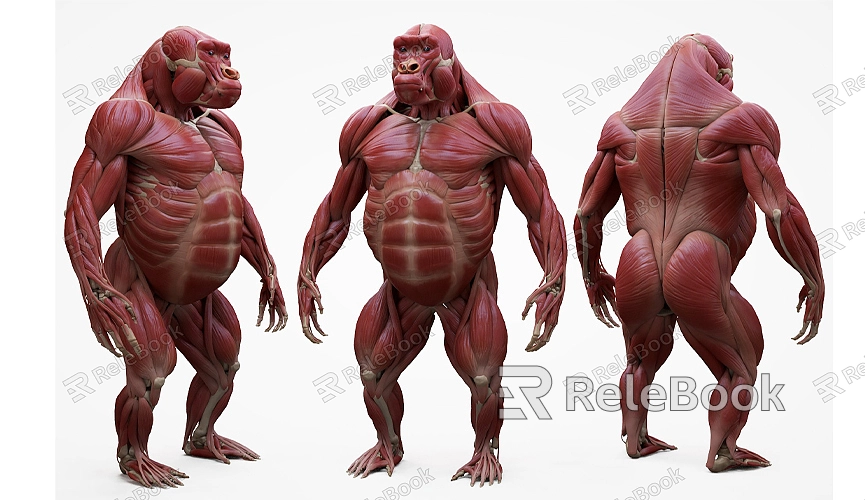How to Model a 3D Character in Blender
Creating a realistic 3D character is both a challenging and highly creative task in the world of 3D modeling. Blender, as a powerful and free open-source modeling tool, is a popular choice among artists and developers. This guide will walk you through the process of modeling a 3D character from scratch in Blender, providing practical tips to help you create impressive character models.

Preparation
Before you begin modeling, make sure you have a basic understanding of Blender’s operations. Familiarizing yourself with Blender’s interface and fundamental tools will lay a solid foundation for your modeling process. Here are some preparatory steps:
1. Set Your Goals:
- Determine the type of character you want to create—whether it’s a cartoon character or a realistic human model. Having a clear goal will help you make better decisions throughout the modeling process.
2. Gather Reference Material:
- Before starting, collect reference images of characters. These can be sketches, concept art, or real-life photos. These references will help you better understand the character's structure and details.
Modeling in Blender

Here are the main steps to model a 3D character:
1. Create Basic Shapes:
- Start Blender and open a new project. Choose a basic geometric shape, such as a cube or sphere, to serve as the foundation for your character. You can select the desired shape from the “Add” menu.
2. Sculpt the Basic Shape:
- In “Object Mode,” select your basic shape and switch to “Edit Mode.” Use various modeling tools (such as extrusion, scaling, and moving) to adjust the basic shape, gradually refining it to match the character's basic outline.
3. Refine the Model:
- After establishing the basic shape, begin refining the model. Use the “Subdivision Surface” modifier to add detail to your model. Continue refining the character’s facial features, limbs, and other details in “Edit Mode.”
4. Add Details:
- For detailed work, switch to “Sculpt Mode” for finer adjustments. In Sculpt Mode, use various brushes to add wrinkles, muscle lines, and other details to make the character more realistic.
5. Create UV Unwrapping:
- UV unwrapping is the process of mapping a 3D model's surface onto a 2D plane. Switch to the “UV Editing” workspace and use the “Unwrap” tool to unfold the model into a 2D texture map. Ensure the UV layout is as even as possible to avoid texture stretching and overlaps.
6. Create Textures and Materials:
- In the “Shading” workspace, create materials for your character. Use image editing software (such as Photoshop or GIMP) to make textures and apply them to the model. Adjust material properties like reflectivity, glossiness, and transparency to achieve the desired look.
7. Set Up Rigging and Skinning:
- To enable your character to move in animations, add a rig. Switch to “Pose Mode” to create and adjust the skeleton system. Then, bind the character model to the rig so that it deforms in response to the rig’s movements.
8. Add Animation:
- Once the character modeling and rigging are complete, start adding animations. Use Blender’s “Animation” workspace to create animation clips and set various actions and poses for the character.
Testing and Optimization
After completing the character modeling and animation, perform tests to ensure everything functions correctly. Check the character’s textures, materials, and animation effects to ensure they perform well in Blender. Make necessary optimizations and adjustments based on the test results to achieve the best outcome.
Modeling a 3D character in Blender is a comprehensive process involving everything from creating basic shapes to detailed sculpting, texture creation, and animation setup. With continuous practice and adjustments, you can create stunning character models. If you need high-quality 3D textures and HDRIs for your models and virtual scenes, you can download them for free from [Relebook’s texture site](https://textures.relebook.com/). For beautiful 3D models, visit [Relebook’s model site](https://3dmodels.relebook.com/), where Relebook offers a wide range of premium 3D resources.

